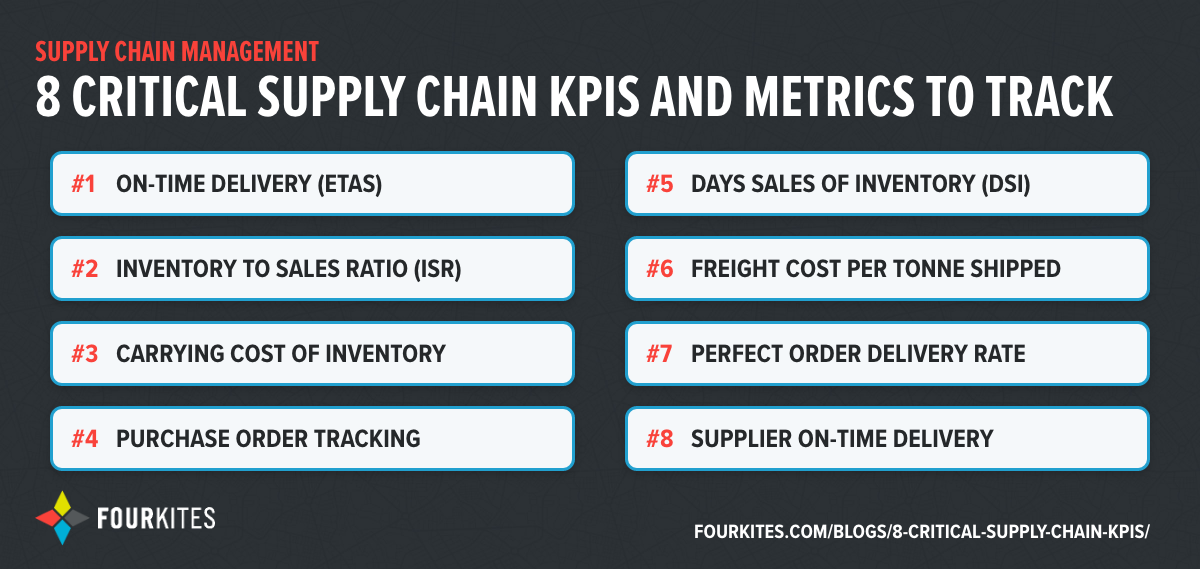In the fast-paced world of logistics, tracking key metrics is essential for success. By monitoring and analyzing these metrics, businesses can gain valuable insights into their operations and make data-driven decisions to optimize efficiency and reduce costs. In this article, we will discuss some of the most important metrics that every logistics manager should track to ensure smooth operations and maximize profitability.
On-Time Delivery
One of the most critical metrics to track in logistics operations is on-time delivery. This metric measures the percentage of orders that are delivered to customers on time, without any delays. By tracking this metric, businesses can identify areas where delays are occurring, such as in transportation or warehousing, and take corrective action to improve delivery times. Monitoring on-time delivery also helps to enhance customer satisfaction and retention, as timely deliveries are essential for maintaining a positive reputation.
Inventory Turnover
Another important metric to track in logistics operations is inventory turnover. This metric measures how quickly a company’s inventory is sold and replaced within a given time period. High inventory turnover signifies efficient inventory management, while low turnover rates may indicate overstocking or inefficient operations. By tracking inventory turnover, businesses can optimize their inventory levels, reduce holding costs, and improve cash flow.
Transportation Costs
Transportation costs are a significant expense for logistics operations, making it essential to track this metric closely. By monitoring transportation costs, businesses can identify opportunities to reduce expenses, such as by optimizing delivery routes, consolidating shipments, or negotiating better rates with carriers. Tracking transportation costs also helps to ensure that logistics operations remain within budget and that profitability is maximized.
Warehouse Utilization
Warehouse utilization measures how efficiently a company’s warehouse space is being utilized. By tracking this metric, businesses can identify opportunities to optimize storage space, improve inventory management, and increase productivity. Monitoring warehouse utilization also helps to avoid overstocking or stockouts, as well as reduce warehousing costs.
Order Fulfillment Rates
Order fulfillment rates measure the percentage of customer orders that are processed and shipped accurately and on time. By tracking this metric, businesses can identify areas where fulfillment processes may be breaking down, such as in picking, packing, or shipping, and take corrective action to improve efficiency and accuracy. High order fulfillment rates lead to increased customer satisfaction and retention, while low rates can result in lost sales and negative reviews.
Customer Satisfaction
Customer satisfaction is a critical metric to track in logistics operations, as happy customers are more likely to repeat purchases and recommend a company to others. By monitoring customer satisfaction levels, businesses can identify areas where improvements are needed, such as in delivery times, order accuracy, or customer service. Tracking customer satisfaction also helps to build strong relationships with customers and enhance brand loyalty.
Conclusion
In conclusion, tracking key metrics in logistics operations is essential for optimizing efficiency, reducing costs, and improving customer satisfaction. By monitoring metrics such as on-time delivery, inventory turnover, transportation costs, warehouse utilization, order fulfillment rates, and customer satisfaction, businesses can gain valuable insights into their operations and make data-driven decisions to drive success. By staying on top of these critical metrics, logistics managers can ensure that their operations run smoothly, and profitability is maximized.
